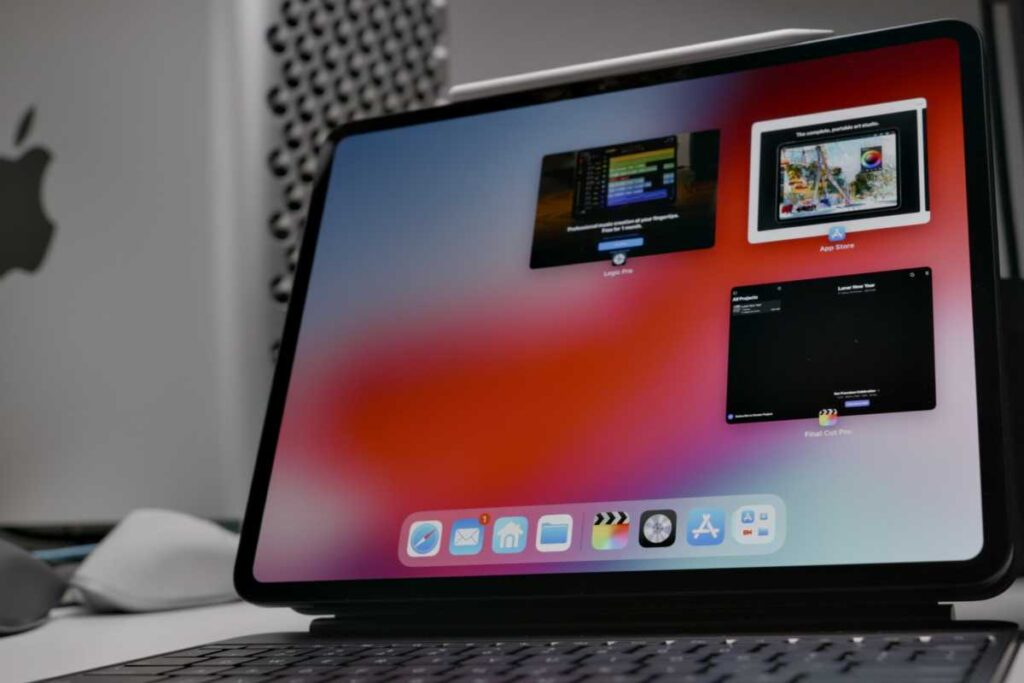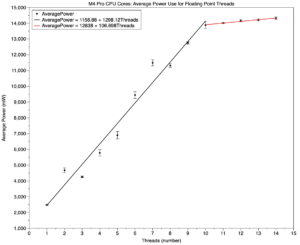The M4 is coming to the Mac. It deserves better

The M4 chip is finally coming to the Mac. The latest rumors say that before the end of this year, we will see updates to the MacBook Pro, iMac, and Mac mini, with the Mac Studio, Mac Pro, and MacBook Air getting the same chipset next year.
Usually, I get excited by updates of any kind to the Mac lineup. But this time? Meh.
It’s all the iPad Pro’s fault
The new iPad Pro is the only Apple device to sport an M4 chip, and while that’s all fine and dandy for Apple’s tablet, its very presence dampens the enthusiasm I might have felt for any M4 Mac if for no other reason than there’s no mystery.
Now that the M4 is out, we know what kind of performance to expect: a 20 percent multi-core CPU boost over the M3 (when comparing 10-core CPUs). Any improvement is good, and we haven’t yet seen the M4 Pro, Max, and Ultra, so we’ll see even more gains. Those gains are nothing special, and even those modest gains only bring the Mac to the same level as the iPad. When the M4 is announced, we’ll have to sit through charts and rhetoric praising the new chip only to get what we already have.
But shouldn’t the Mac have more cachet than the iPad Pro? It’s the platform that users turn to when it’s time to get serious work done–not that you can’t do serious work on an iPad Pro, but it’s much more difficult to manage apps, multitask, and handle big projects in iPadOS than it is in macOS. A Mac with the same M4 chip as the iPad Pro makes it appear that the two are capable of the same things. They aren’t.
What’s old is new, I guess
Gurman didn’t specify exactly when Apple could release the first Macs with the M4 in 2024. It could be as soon as September, when Apple is expected to launch the iPhone and Apple Watch, but my money is on late October or early November, a time of year when Apple has often released Macs.
That means the M4 MacBook Pro, iMac, and Mac mini would arrive a full six months after the M4 made its debut in the iPad Pro, a long enough time to make it feel old. The star of the show will probably be the Mac mini, mostly due to its rumored new design, but also because it skipped the M3 altogether. The iMac and MacBook Pro will be another minor spec bump.
The M4 made its debut in the iPad Pro, not a Mac.
Thiago Trevisan/Foundry
And that’s just the start—by the time it arrives in the MacBook Air, Mac Studio and Mac Pro, it will be nearly a year old. Granted, the Mac Studio and Mac Pro are still running M2 Max and M2 Ultra chips, so the M4 will still be a welcome update. However, after kicking off the M2 at WWDC, the MacBook Air is going to seem like an afterthought when it gets a near-year-old chip next year. Updates are always nice, but the M4 Air is going to be a lot less exciting compared to the initial release.
Sit it out and wait for the M5
At this point, it would be better for Apple to skip the M4 cycle and jump straight to the M5 in 2025. Users are holding on to their Macs for longer periods–even though the M4 offers a significant 60 percent boost over the M1, the M1 is still fast enough for most of the people who invested in it. If the M5 sticks to the pattern of a 20 percent boost over its predecessor, that could mean the fifth-gen chip will be 80 percent faster than the M1. That’s much more compelling.
At this point in time, an M5 Mac Studio and Mac Pro seems more compelling than M4-based models.
Thiago Trevisan
That’s just multi-core CPU speed, though–there’s more. The M5 has been rumored to be the first Apple chip to be created with a new “3D silicon stacking” process that would improve thermal dynamics and electrical efficiency. That could also provide a big boost to battery life, a spec that Apple could expand upon and be a big marketing point.
And, of course, there’s AI. Apple says its upcoming Apple Intelligence features work with any M-series Mac, so Apple Intelligence isn’t a motivator for M1 or M2 Mac owners to upgrade to an M4 Mac. But Apple could improve AI performance with an M5. An M5 with not just a faster CPU core set and battery battery life, but also boosted AI performance is an attractive upgrade.
An M5 Mac in 2025 will come five years after the M1, and that also means those still holding on to their Intel Macs–which will be much more than five years old by 2025–may finally upgrade, so an M5 Mac will be their first M-series Mac. With what the M5 could potentially offer, it could be a landmark year for Mac sales.
Worth the wait
We’ve heard reports that the M5 will be the first Apple chip manufactured using a 2nm process, and trial runs of that process only started last month. TSMC, which manufactures Apple’s chips, will need some time to work out the kinks in its process. It could be ready for mass production by the second half of 2025.
The M5 Mac is shaping up to be a Mac that’s much more impressive than any M4 Mac. So much so that Apple would probably better off skipping the M4 altogether and delivering an upgrade that’s worthy of the Mac.


